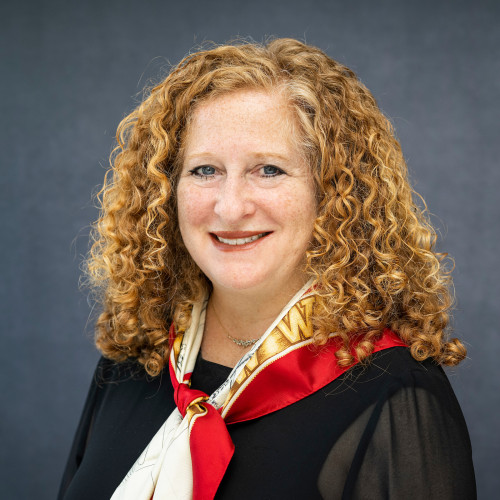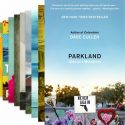Chancellor Mnookin on stronger standards for courts weighing scientific evidence, expertise
Jennifer L. Mnookin, chancellor of the University of Wisconsin–Madison and one of the most cited evidence law scholars in the nation, this week authored an editorial in the journal Science calling for a national commission of leading judges, scientists, legal academics and forensic practitioners to develop a framework ensuring forensic science that is admitted in courtrooms is valid and reliable.
The publication lands as an update to clarify a federal rule governing the use of expert testimony in court, Federal Rule of Evidence 702, goes into effect on Dec. 1, 2023.

Jennifer L. Mnookin is chancellor of the University of Wisconsin–Madison and one of the most cited evidence law scholars in the nation. Photo: Jeff Miller
“I think we should all be interested in making sure that the courtroom is a place where we bring sound science into evidence for making good decisions,” Mnookin says, noting that courts in the U.S. increasingly rely on scientific evidence and expert testimony to help resolve questions of fact.
Forensic science refers to the application of science or the scientific method to assess evidence used in the courtroom, whether civil or criminal. It includes techniques like DNA analysis or examination of burn patterns in a suspected arson.
Thirty years ago, the landmark case Daubert v Merrell Dow Pharmaceuticals, Inc. marked a shift in how the legal system considers scientific evidence. The case involved whether a medication taken during pregnancy elevated the risk of birth defects. Though many physicians thought they saw a connection, analysis of a host of epidemiological studies revealed no evidence the medication produced an elevated risk of birth defects relative to the risk among the general population.
Before Daubert, judges too often permitted testimony from experts lacking appropriate credibility, Mnookin explains, and allowed evidence that lacked a sound scientific foundation. This created challenges for juries expected to make decisions based on competing experts who often offered contradictory testimony.
The decision in the Daubert case created a standard for determining what kinds of scientific evidence and expertise are permissible in court, with judges serving as gatekeepers.
In civil court, the admissibility of experts today is regularly challenged and it’s not uncommon for expert testimony to be excluded when it doesn’t meet the standard. “Daubert,” Mnookin writes, “has generally raised the bar.”
However, the standard has been inconsistently applied in criminal cases, she argues. Too often, judges in criminal cases have taken “a lightweight approach” to assessing forensic science, relying on outdated precedents or failing to seriously address scientific validity.
For instance, bite mark identification is a technique sometimes brought into courtrooms to link a suspect to a crime. But bite mark identification, in which an expert may be brought in to testify that a mark on a victim’s body matches the dental pattern of a suspect, does not have a strong scientific foundation, Mnookin explains. It can look to a jury like powerful evidence, despite its lack of scientific validity.
While criminal courts are increasingly excluding bite mark evidence in the courtroom, Mnookin argues that there’s opportunity to strengthen the standard originally established by Daubert.
“Many kinds of forensic evidence, from fingerprints to bloodstain pattern analysis to firearms identification, continue to enter court with remarkably little scientific scrutiny or proof of accuracy and validity,” Mnookin says. “Science and the legal system must expect much more from evidence if Daubert’s gatekeeping mandate is to truly inform justice.”
Tags: chancellor, law, research



